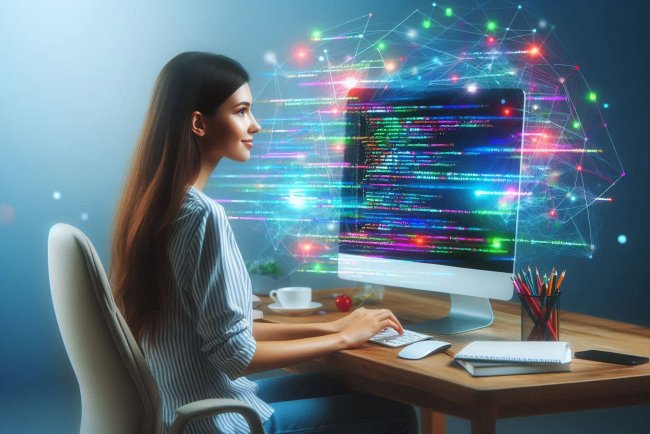AI in sports: Performance analysis and injury prevention
Explore how AI is revolutionizing sports with performance analysis and injury prevention techniques. Stay ahead with cutting-edge technology in sports.

AI in Sports: Performance Analysis and Injury Prevention
Artificial Intelligence (AI) is revolutionizing the world of sports by providing advanced tools for performance analysis and injury prevention. With the help of AI technologies, coaches, athletes, and sports scientists can gather valuable insights from data to improve training methods, optimize performance, and reduce the risk of injuries. Here are some key ways in which AI is transforming sports:
Performance Analysis
AI systems can analyze vast amounts of data collected from sensors, cameras, and other tracking devices to provide detailed insights into an athlete's performance. By monitoring key metrics such as speed, acceleration, heart rate, and biomechanics, AI can help coaches identify areas for improvement and tailor training programs to individual athletes. This personalized approach to training can lead to better performance on the field or court.
Injury Prevention
AI can also play a crucial role in preventing injuries by analyzing data to identify patterns and risk factors that may lead to injuries. By monitoring an athlete's movement patterns and biomechanics, AI systems can detect subtle changes that may indicate an increased risk of injury. Coaches and sports scientists can then use this information to adjust training programs and techniques to prevent injuries before they occur.
Player Tracking
AI-powered player tracking systems are now widely used in sports such as soccer, basketball, and American football to monitor the movements of athletes during games and practices. These systems use computer vision and machine learning algorithms to track the position, speed, and interactions of players on the field in real-time. This data can be used to analyze tactics, strategy, and player performance, providing valuable insights for coaches and teams.
Virtual Reality Training
AI combined with virtual reality (VR) technology is being used to create immersive training environments for athletes. By simulating game situations and scenarios in a virtual setting, athletes can practice and improve their skills in a safe and controlled environment. AI algorithms can adapt the training program based on the athlete's performance, providing personalized feedback and guidance to enhance skill development.
In-Game Decision Making
AI algorithms are now being used to assist coaches and players in making real-time decisions during games. By analyzing data from sensors and cameras, AI systems can provide insights and recommendations on tactics, substitutions, and game strategies. This real-time analysis can help teams make better decisions on the field and gain a competitive edge over their opponents.
Rehabilitation and Recovery
AI technologies are also being used to aid in the rehabilitation and recovery of injured athletes. By analyzing movement patterns and biomechanics, AI systems can create personalized rehabilitation programs that help athletes recover from injuries more effectively. These programs can adapt and evolve based on the athlete's progress, leading to faster and more successful recovery outcomes.
Conclusion
AI is transforming the world of sports by providing advanced tools for performance analysis and injury prevention. By leveraging the power of AI technologies, coaches, athletes, and sports scientists can gather valuable insights from data to optimize training programs, improve performance, and reduce the risk of injuries. As AI continues to evolve, we can expect to see even more innovative applications that will revolutionize the way sports are played and coached.
What's Your Reaction?

















